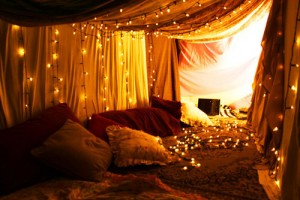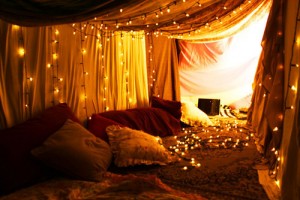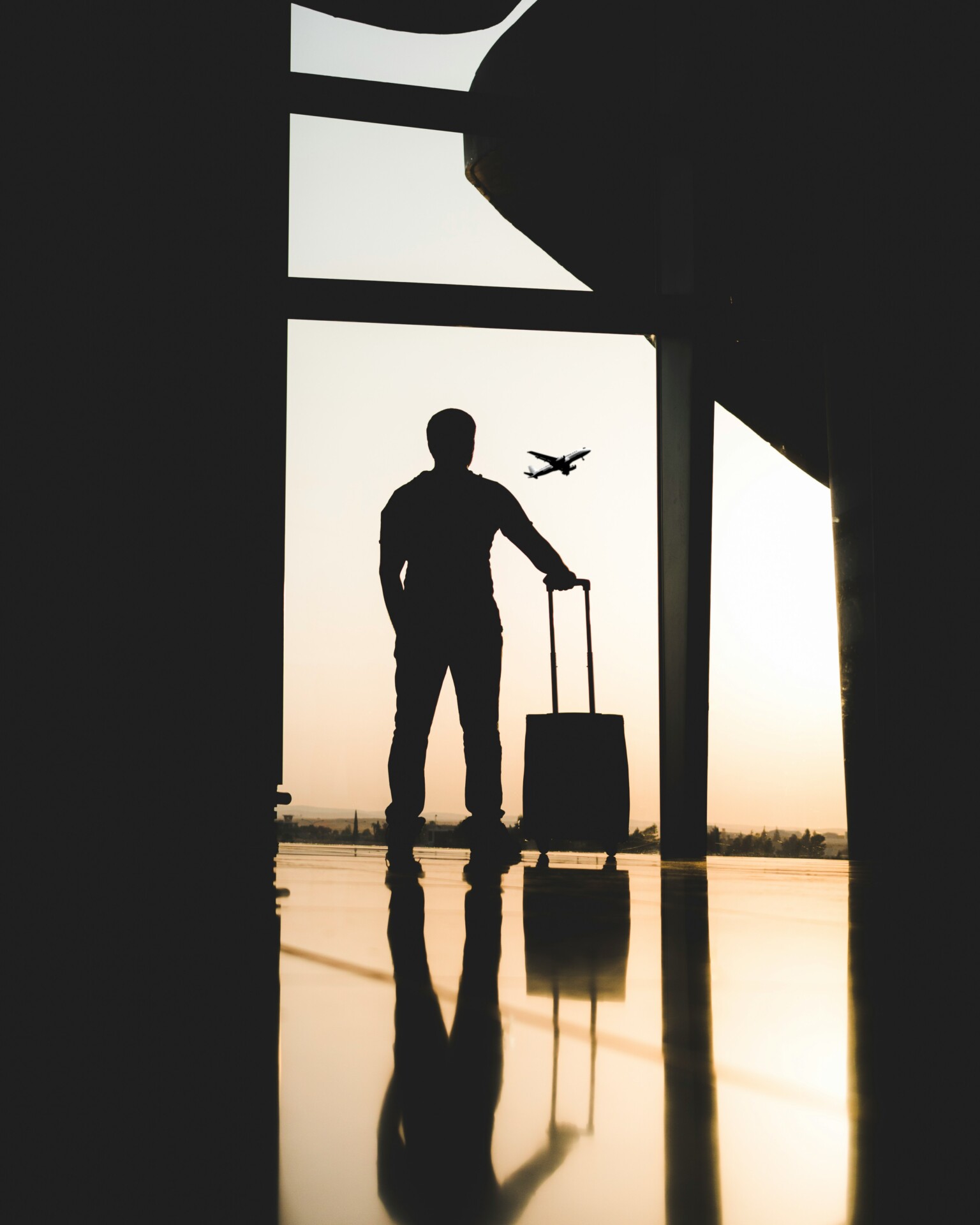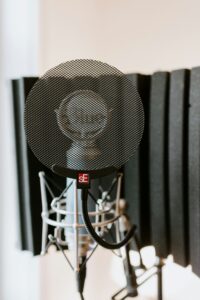You’ve done it. You’ve finished your initial voice-over training. Your website is up and running, your demo is cut and sounds amazing, and your Instagram and Twitter are full of optimistic quotes about the joys of freelance work. Basically, you’re ready to go…but your home studio is, well, let’s say: lacking.
You aren’t exactly making the big bucks (yet!) and high-quality recording equipment sure is pricey. I mean, who has a thousand plus dollars to sink into a home studio? Is that even a worthwhile investment? What if I decide this voice-over thing isn’t really for me anyway? What if this is all a big mistake and I’m terrible at it?
Woah there. Take a breath. Don’t have a panic attack. You can absolutely start small building a studio and upgrade incrementally over time. From experience, my first gigs weren’t particularly well paid. In fact, I began recording English versions of Chinese fairy tales for $60 each. They probably took me four hours apiece – I was still watching constant YouTube tutorials about how to use Audacity – but I got to do character voices and I was getting paid, so I wasn’t complaining. Now, nearly five years later, I have top-quality professional recording equipment, rent excellent studio space when I’m home and have a great traveling studio when I’m on the road. Oh, and I’ve increased my rates several times over. No more $15/hour gigs for this gal.
Here’s what my studio evolution looked like:
Set up #1: The Adult Fort

Pop-filter: $10
Editing Software: Audacity (Free!)
USB Microphone: $150 (new), ~$75 (used)
Soundproofing: Every blanket, pillow and comforter in my loft (Free!)
Total Start-up Cost: $160 + shipping
I began my professional VO journey in what I’ve lovingly dubbed, The Adult Fort. I live in a loft, so padding out a closet wasn’t exactly an option for me. I designated a corner, piled up some rugs, blankets and pillows and holed up with my phone flashlight to record decent quality sound. In this space I had low-paying gigs, but I learned a lot. I became much quicker at editing, learned how to remove room noise from my recordings and how a tiny hole in between blankets can let in a whole lot of noise.
If your start-up recording space isn’t fancy or “Instagram-worthy”, do not be ashamed or embarrassed. You can grow a freelance business from anywhere.
Set up #2: The Borrowed Closet
I soon started booking gigs that were longer, making it more difficult to crouch in my fort and record. Once I booked my first audiobook, I knew I needed to upgrade to a space that would allow me to stand and properly engage my diaphragm for once. So, I called my mom who luckily lives just 15 minutes away. She agreed to let me use my brother’s closet to record while he was finishing his senior year of college. This location change was a big level up for me – I could now stand, breathe correctly, and record for hours at a time. I did this all without investing in more equipment.
If you need to ask for support from a family member or friend, do not hesitate. People are usually more than willing to help your dreams become a reality. (And if they aren’t, ask a more supportive friend!)
Set up #3: A Real Studio
Microphone: ~$400
Pre-Amp: ~$160
Headphones: ~$100
Mic Stand: ~$50
Total Upgrade Cost: ~$710 + monthly studio rental
About six months into the borrowed closet, due to an angry woodpecker who had truly terrible timing, I realized it was time to think about a serious and more permanent upgrade. I began re-investing about half of my earnings into some top-quality equipment and saving a bit so I could pay monthly rent somewhere. Luckily, I found the perfect local space with a real sound-proof studio that is so quiet it’s my idea of heaven. I work there several days a week recording audiobooks, commercials, explainers, voicemails, character work, and whatever else comes my way.
Planning your next step is crucial. Don’t forget to re-invest in your business along the way.
Set up #4: Travel Studio
Travel Case: ~$100
Travel Studio: VOMO (Voice-Over MObile, ~$400) – Vocal Booth to Go)
Total Travel Set-up Cost: ~$500
For me, one of the appealing aspects of voice-over work is the ability to do it from anywhere. I knew when I began recording in my adult fort that one day, I wanted to have a fully mobile studio with professional equipment so I could do what I’m doing right now – travelling and working at the same time. This studio is portable, fits in my back seat and is an easy road trip companion so I can record in the mountains, at the beach or from any hotel closet. This setup isn’t permanent, but it produces high quality sound that means I don’t have to turn down gigs while travelling. I can just find a quiet corner, pop my studio up and hit record.
Make your studio work for you. Our industry is so versatile thanks to the internet. You have the freedom to imagine the life you want and build your studio to fit.
Set up #5: The Future
At some point I envision a true home studio for myself. One where I have a sound-proof closet in my own home (or maybe a small shed in the backyard) so I can record in my pajamas (and sneakers of course because I need good arch support to stand for three plus hours) and save on gas money.
An important part of working as a successful freelancer is the ability to envision the ideal future and take small steps toward making it a reality, while being flexible along the way. When I began recording voice-over projects in my adult fort, I knew it wouldn’t be forever, so I asked for support, planned my next steps, continued investing in myself and my business, and found a way to make my studio work for me.
For more general advice on how to set up your home studio, head here to read Such A Voice’s helpful article.
Caroline Turner Cole is a storyteller from Dallas, TX. Find out more at www.carolinecolestories.com or follow her on social media @carolinecolestories on Instagram and @ccolestories on Twitter.





